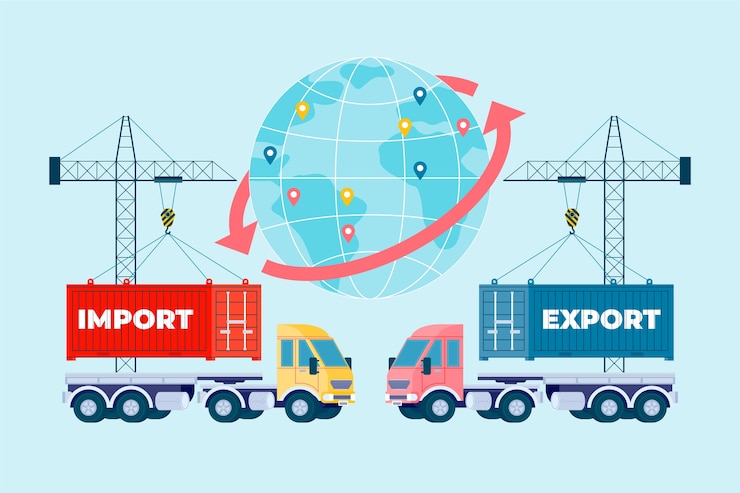Why human-centric metrics are necessary to small business agility
A calendar year into a world-wide pandemic, it is secure to say that many of us have hardly ever expert this sort of in depth disruption – whether or not it is at get the job done, or in our individual life.
But as challenging as this kind of disruption can be, it really is definitely a driver to get our priorities straight.
Certainly, the past twelve months have evidently distinguished all those companies that are agile and proactive from all those that simply aren’t.
This latter group is getting it considerably tougher to cope with current market disruptions in the existing and will struggle to seize new chances in the long run, far too.
Agile organisations prioritise human metrics
So what specifically is the key to a proactive, agile business? How are some organisations flourishing in this time period of alter, when other folks are just surviving?
Component of the answer is shifting to human-centric metrics – that is, searching past budgets and standard steps of profitability.
Though budgets are beneficial on a balance sheet, somewhere else, business enterprise leaders need a far broader spectrum of metrics versus which to gauge their efficiency.
Right after all, quarterly targets are crucial, but they’re not as significant as the extended-term capacity of an organisation to truly fully grasp and empathise with its buyers. Although income forecasts and export quotas are basic, they’re not as elementary to very long-time period operational agility as talent, expertise and worker encounter.
These ‘human’ components perform a significantly extra considerable function in forming agile businesses – businesses that can display organisational agility in a cohesive chain that stretches from the warehouse suitable up to the boardroom.
The important pillars of a human-centric organization
To get a clearer notion of which variables make a difference most, we sponsored an IDC White Paper on the subject.
This paper identifies five main pillars important to attaining organisational agility: leadership eyesight, structural agility, procedure agility, portfolio agility and technologies architecture.
The paper also points to 5 key metrics that are important to agile businesses: shopper working experience expertise acquisition and retention buyer loyalty industry share and time to market.
Past these pillars and metrics, the review also reveals the characteristics senior leadership need to have to adopt to stimulate this sort of agility in their corporations. It located that, alternatively of setting up, directing and managing the organisation, agile management is all about envisioning, architecting and coaching.
In addition, leaders by themselves require to undertake a extra cross-purposeful tactic, with all C-Suite personas pulling in the same way.
From the C-suite into workflows
How, then, do these components translate into actual business operations?
A important operational attribute of agile organizations is their willingness to look outside of common hierarchies and convert to much more meritocratic devices and processes. (By ‘processes’, we necessarily mean the sets of actions required to finish a complicated undertaking, these as onboarding a new staff or offering split-and-resolve assist for an external buyer.)
By dissolving archaic administration silos, meritocratic companies open the doorway to self-regulating groups which flourish in the absence of arbitrary limits. This prospects to flexible and fluid small business with self-forming assorted teams, understanding sharing, collaboration, and a capacity to promptly scale up talent and techniques to meet upcoming needs.
To get an general sense of how several businesses satisfy this definition of ‘agility’, IDC also produced a study product made to measure progress in opposition to 5 styles of organisational agility management, structural, process, portfolio and engineering.
The final results are foods for imagined. A study of CEOs across Europe has discovered that only just one in five (21%) companies are in the top two tiers of agility readiness. Nearly half (45%) of firms are categorised as ‘in motion’, even though 34% sit in the decrease tiers (named ‘static’ or ‘disconnected’).
So, what does the long run hold?
From big ships to schooners and speedboats
It is a typical thought – the picture of large enterprise as a big oil tanker which is tricky to steer, and even harder to flip all around.
To expand the metaphor a small, present day captains of market aren’t often the ship captain. Just after all, a leader is no for a longer period an individual with a title – a leader is anyone who exhibits motion, champions empowerment, and drives innovation. Our upcoming era of leaders will earn their stripes primarily based on their ability to pay attention, learn and act, relatively than their length of tenure.
The survey final results earlier mentioned clearly show that modern companies are in the midst of a refit, so to communicate. They’re moving away from the oil tanker design, and a counterproductive insistence on perfection, to a far more nimble product. We may well see them rather as schooners: agile, prioritising action, and willing to take care of what would not do the job on the go, fairly than get it proper very first time.
The future guarantees an even greater transformation. Our stop intention ought to be to develop into speedboats – conveniently manoeuvrable entities able of switching way and modifying tack rapidly, as well as carrying out a finish about-face exactly where essential.
The waters we locate ourselves in at present are choppy, and they might be for some time nonetheless. But the much more agile our enterprises can be, the a lot more comfortably we can trip the waves.
The IDC Organizational Agility Benchmark Study (October 2020) carried out with 873 huge European organisations appeared at the connection concerning organisational agility and key effectiveness indicators. Study a lot more about the IDC Organizational Agility Evolution Framework, and the 5 critical foundational dimensions of agility in the white paper: Agility: The strategic crucial to survive and thrive in risky occasions.







